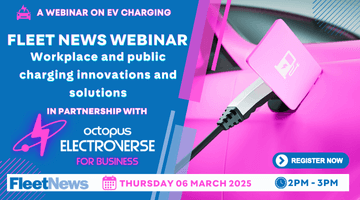By Neil Birkbeck, director and founder, CompareMyFleet.com
Contract hire is the most popular fleet funding mechanism in the UK, but many fleet decision-makers find it one of the hardest costs to understand and manage.
In our dealings with SMEs and larger fleets – particularly where there is no full-time professional fleet manager and vehicle responsibility may be managed by the HR, procurement or finance department – market complexity has proven to be a minefield for many.
Vehicle leasing has many advantages over outright purchase, including budgeted monthly costs and no residual value volatility worries, but many end-users tell us the pricing and small print terms leave them feeling confused.
A major issue facing fleet decision-makers is whether to opt for solus or a three/four supplier arrangement. While sole supply may sound the more straightforward, it may not be the most cost-effective with rate creep and service levels being concerns.
A multi-supplier arrangement using a panel of leasing companies to tender for each batch of company cars or vans means the best deal can be selected.
Companies should also carefully consider whether they want maintenance included in the pricing or to manage that separately.
End-of-contract charges have historically been a bugbear, costing businesses more than £1 billion over the past decade (source: 2013 FN50), and that shows no sign of changing.
One of our successes has been in encouraging leasing companies to waive a proportion of the end-of-contract damage for our clients – often as much as £250 per vehicle – particularly related to minor damage, and highlighting this to our clients. Businesses also tell us that they dislike upfront deposits.
All businesses must make a profit and, in our experience, leasing company customers accept that.
But greater transparency on pricing and the terms of service will go a long way to improving a company’s experience of leasing.

















Login to comment
Comments
No comments have been made yet.